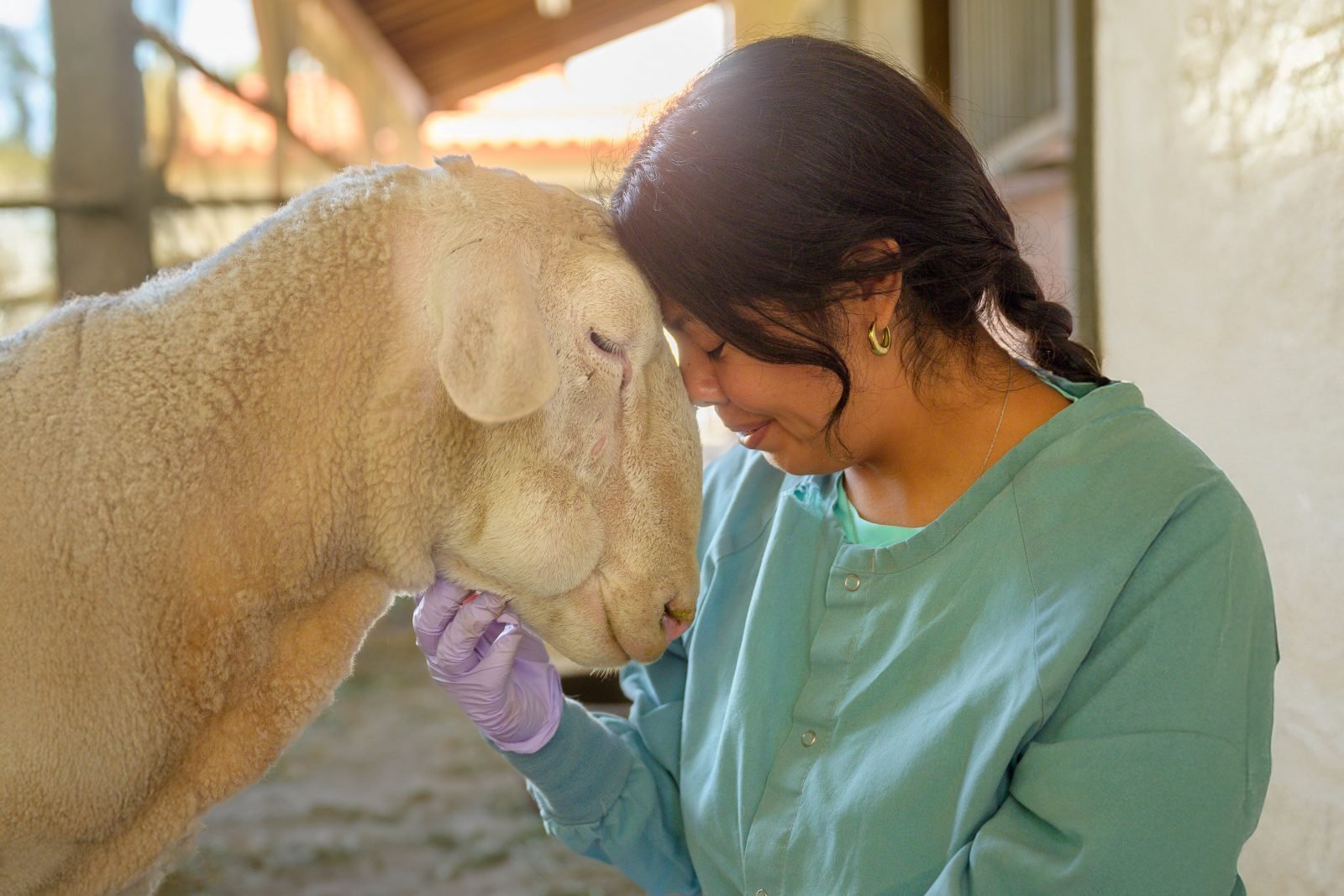As floods ravaged the Midwest that June, farm owners abandoned their facilities, surrendering their animals to the advancing waters. In southeastern Iowa, the nation’s largest pork-producing state, thousands of pigs were caught in the floods. Many were confined in gestation crates, 2-foot-wide metal enclosures that keep breeding sows immobilized throughout their pregnancies, preventing them from turning around or lying down comfortably. Hundreds drowned still trapped in these devices; others were released from the crates only to be swept away by rapid currents. Those who reached land or levees faced a fight to survive in the hot sun without shelter, food, or clean water.
Mobilizing in coalition with the International Fund for Animal Welfare, the American Humane Association, and the Animal Rescue League of Boston, Farm Sanctuary dispatched a team to Iowa for one of the most ambitious farm animal rescue efforts ever undertaken.
Over about two weeks in late June and early July, rescue workers implemented a three-phase operation to aid stranded pigs in the Oakville, Iowa, area. In the first phase, rescuers visited a 16- to 20-mile stretch of levee, by both land and water, to find surviving pigs and assess their conditions. The next phase involved bringing food and water to all of them. The final phase was to round them up and transport them to a holding facility, from which they would make the journey to our New York Shelter in Watkins Glen.
The work was treacherous at times and emotionally draining. As our team members headed toward the river to aid survivors day after day, teams mobilized by the U.S. Department of Agriculture were driving away with truckloads of dead pigs. Dead and dying pigs lay everywhere, and rescuers had to euthanize some survivors who were beyond aid. The pigs we were able to rescue were severely dehydrated and emaciated. They suffered third-degree burns from the sun and lung damage from taking in contaminated water as they swam to safety. Many were injured, and all were terrified.










